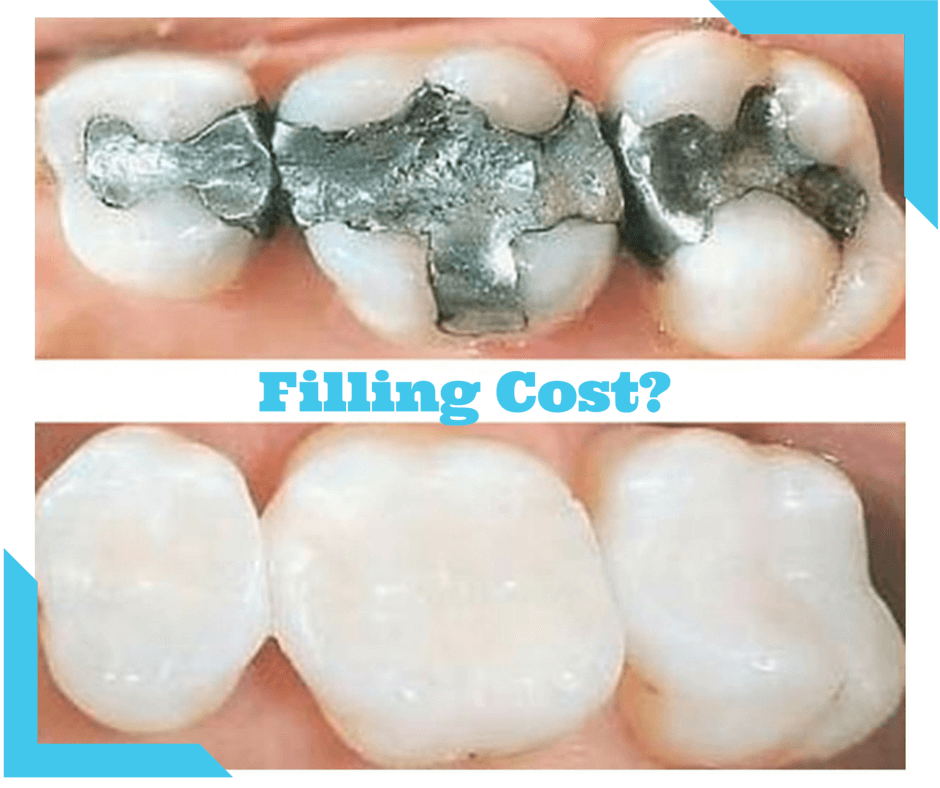Cost of Tooth Fillings Without Insurance
The cost of tooth fillings without insurance can vary depending on several factors, including the type of filling material used, the extent of the decay, and the location of the tooth. In general, more complex fillings that require more material or specialized techniques will cost more.
Type of Filling Material
The type of filling material used is a major factor in determining the cost of a tooth filling. The most common types of filling materials include:
- Amalgam (silver fillings): Amalgam fillings are the most affordable option, but they are also the least aesthetically pleasing.
- Composite (tooth-colored fillings): Composite fillings are more expensive than amalgam fillings, but they are also more natural-looking.
- Gold fillings: Gold fillings are the most expensive option, but they are also the most durable and long-lasting.
- Ceramic fillings: Ceramic fillings are a good option for people who are allergic to metal.
Extent of the Decay
The extent of the decay will also affect the cost of a tooth filling. Fillings that are larger or deeper will require more material and time to place, which will increase the cost.
Location of the Tooth
The location of the tooth can also affect the cost of a tooth filling. Fillings that are located on the front teeth will be more visible and may require more expensive materials to achieve a natural-looking result.
The following table provides a general overview of the cost of different types of tooth fillings without insurance:
| Type of Filling Material | Cost Range |
|---|---|
| Amalgam (silver fillings) | $50-$150 |
| Composite (tooth-colored fillings) | $100-$450 |
| Gold fillings | $250-$4,500 |
| Ceramic fillings | $200-$1,000 |
It is important to note that these are just general cost ranges. The actual cost of a tooth filling will vary depending on the specific factors involved in your case.
Types of Tooth Fillings

Tooth fillings are used to restore decayed or damaged teeth. There are several types of tooth fillings available, each with its own advantages and disadvantages.
Amalgam Fillings
Amalgam fillings are made of a mixture of metals, including silver, tin, copper, and mercury. They are strong and durable, and they are relatively inexpensive. However, amalgam fillings are not as aesthetically pleasing as other types of fillings, and they can darken over time.
Composite Resin Fillings
Composite resin fillings are made of a plastic material that is matched to the color of your teeth. They are more aesthetically pleasing than amalgam fillings, and they can be used to repair both front and back teeth. However, composite resin fillings are not as strong as amalgam fillings, and they can chip or break over time.
Glass Ionomer Fillings
Glass ionomer fillings are made of a mixture of glass and acrylic. They are strong and durable, and they can release fluoride, which helps to prevent tooth decay. However, glass ionomer fillings are not as aesthetically pleasing as other types of fillings, and they can be more expensive.
Ceramic Fillings
Ceramic fillings are made of a ceramic material that is matched to the color of your teeth. They are strong and durable, and they are the most aesthetically pleasing type of filling. However, ceramic fillings are the most expensive type of filling.
Procedure for Getting a Tooth Filling
Getting a tooth filling involves several steps to restore the health and function of a decayed or damaged tooth. Here’s a detailed overview of the procedure:
Diagnosis and Examination
The dentist will begin by examining the tooth to determine the extent of the decay or damage. They may use X-rays to check for any underlying issues and assess the condition of the surrounding teeth and jawbone.
Anesthesia
If the filling is being placed on a sensitive area of the tooth, the dentist will administer local anesthesia to numb the area. This ensures a comfortable and pain-free procedure.
Isolation and Cleaning
The tooth is isolated using a rubber dam or cotton rolls to keep it dry and free from saliva. The dentist will then clean the tooth’s surface and remove any decayed or damaged tissue.
Filling Placement
The dentist will select a suitable filling material, such as composite resin, amalgam, or ceramic, and place it into the prepared cavity. They will use specialized tools to shape and contour the filling to match the original tooth structure.
Finishing and Polishing
Once the filling is placed, the dentist will remove any excess material and smooth out the surface. They will also polish the filling to ensure a natural appearance and prevent food particles from getting trapped.
Post-Procedure Care
After the procedure, the dentist will provide instructions for post-operative care. This may include avoiding certain foods, using pain relievers if needed, and maintaining good oral hygiene. Regular dental checkups are recommended to monitor the filling and ensure the tooth’s health.
Alternatives to Tooth Fillings
While tooth fillings are a common and effective treatment for tooth decay, there are alternative treatments available. These alternatives may be considered in cases where the decay is more extensive or the tooth is severely damaged.
Two common alternatives to tooth fillings are dental crowns and root canals. Dental crowns are caps that fit over the entire tooth, protecting it from further damage. Root canals are procedures that remove the infected pulp from the inside of the tooth and seal it off.
Dental Crowns
Dental crowns are typically made of porcelain or metal and can be used to restore the function and appearance of a damaged tooth. They are more expensive than tooth fillings, but they can last for many years with proper care.
Root Canals
Root canals are more invasive than tooth fillings, but they can save a tooth that would otherwise need to be extracted. The procedure involves removing the infected pulp from the inside of the tooth and sealing it off. Root canals can be more expensive than tooth fillings, but they can also last for many years.
Prevention of Tooth Decay
Tooth decay is a common problem that can lead to pain, discomfort, and even tooth loss. Fortunately, there are a number of things you can do to prevent tooth decay and avoid the need for fillings.
One of the most important things you can do is to practice good oral hygiene. This means brushing your teeth twice a day with a fluoride toothpaste, flossing once a day, and using mouthwash regularly. Fluoride is a mineral that helps to strengthen teeth and prevent cavities.
In addition to good oral hygiene, it is also important to see your dentist regularly for checkups and cleanings. Your dentist can help you identify and treat any problems early on, before they become more serious.
Finally, eating a healthy diet can also help to prevent tooth decay. Eating plenty of fruits, vegetables, and whole grains will help to keep your teeth strong and healthy.
Tips for Preventing Tooth Decay
Here are a few additional tips for preventing tooth decay:
* Avoid sugary foods and drinks. Sugar is a major cause of tooth decay. When you eat sugary foods, the bacteria in your mouth feed on the sugar and produce acids that can damage your teeth.
* Drink plenty of water. Water helps to wash away food particles and bacteria from your teeth.
* Chew sugar-free gum. Chewing sugar-free gum can help to stimulate saliva production, which can help to neutralize acids in your mouth.
* Avoid tobacco products. Tobacco products can damage your teeth and gums, and they can also increase your risk of tooth decay.





